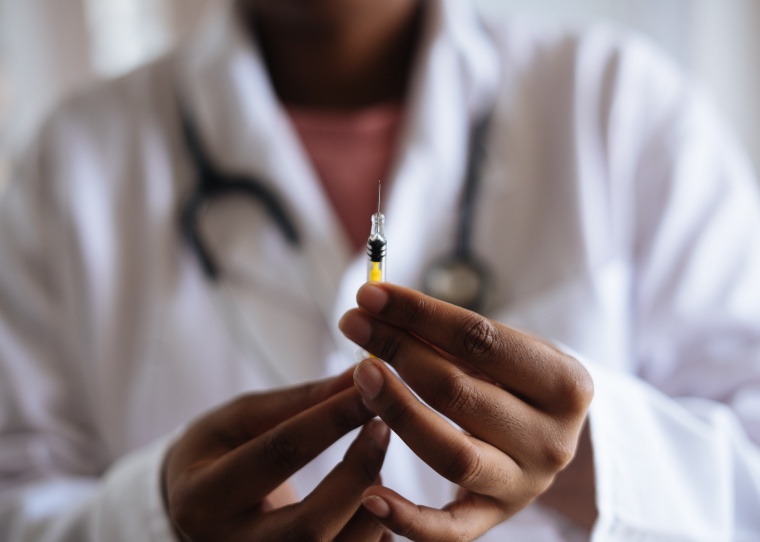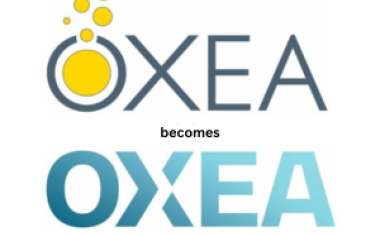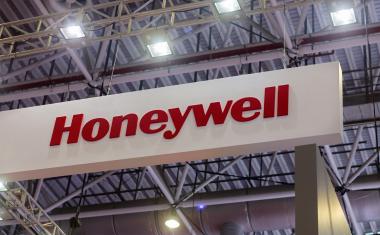UK Approves Moderna’s Covid-19 Vaccine
The UK’s Medicines and Healthcare Products Regulatory Agency (MRHA) cleared US biotech Moderna’s mRNA-based Covid-19 vaccine for emergency use on Jan. 7, bringing the number of vaccines available in the country to three. At the same time, the British government ordered an additional 10 million doses, with a targeted supply of 17 million.
Starting in spring, at least three different vaccines will be available for the UK’s stepped-up immunization program. After issuing an Emergency Use Authorization (EUA) for the Pfizer-BioNTech shot in early December, London approved the AstraZeneca / Oxford University later in the month.
Altogether, the UK, which was the first to begin vaccinating, has nailed down 367 million doses of seven different vaccine candidates, including 40 million of Pfizer-BioNTech’s and 100 million of Oxford-AstraZeneca’s, all under an emergency use authorization. Phase 3 clinical trials showed the Moderna and Pfizer-BioNTech shots to be 94-95% effective.
According to Johns Hopkins University in the US, whose figures are considered by many to be the most accurate worldwide, Britain has close to 3 million confirmed cases of Covid-19virus, and more than 78,600 related deaths.
Europe orders more vaccine as criticism mounts
With its vaccine now on the market in the US, UK and the EU, Moderna is said to be moving close to fulfilling its target of delivering altogether 1 billion doses worldwide during 2021 in the best case scenario. Last week, it raised its low-end estimate from 500 million to 600 million. The US alone increased its planned offtake by additional 100 million for a total of 200 million.
Canada and Israel also have greenlighted the Moderna shot. Next to the UK, Israel is one of the world’s most avid immunizers. Prime minister Benjamin Netanyahu, who is facing re-election, is aiming to vaccinate all citizens by spring. The country has come in for criticism, however, as it reportedly does not plan to vaccinate non-citizens in the occupied West Bank territories.
In the next few days, Moderna is set to begin its deliveries to the EU, which is already administering the Pfizer-BioNTech vaccine, Thus far, the 27-member bloc has signed up for 160 doses. Switzerland’s drug authorities are expected to approve the Moderna vaccine by Jan. 13. According to press reports, the US biotech will deliver 200,000 doses within one day after the approval. This would be the second cleared for use in Switzerland. The Pfizer-BioNTech shot was approved in December.
Meanwhile, speculation is mounting that the European Medicines Agency (EMA) could clear the AZ/Oxford candidate in late January, even if efficacy information and dosing instructions are unclear and the US Food and Drug Administration has not passed judgment on it. Brussels| rules foresee granting conditional marketing authorization only if sufficient data is made available. The European Commission already has an option for 400 doses.
On Jan. 8, the Commission, which has felt the heat from some member states for ordering what was felt to be too few doses, agreed to purchase an additional 200 million units of the BioNTech-Pfizer vaccine, with the option to acquire another 100 million. In total, the EU could count on 600 million doses of this vaccine.
Pfizer-BioNTech plan to provide the EU’s top-up doses starting in the second quarter. Under an arrangement sealed earlier, all vaccines purchase by the bloc may be shared with neighboring non-EU countries as well as outside Europe.
According to the Commission’s published tally, it has additionally ordered or has an option on 405 doses of the CureVac vaccine, for which the German biotech is now cooperating with Bayer, along with 400 million of the Johnson & Johnson vaccine and 300 million of the Sanofi/GSK candidate. The latter has been held up due to internal glitches, and it is unclear when it will be ready.
J&J’s vaccine is almost at the starting line
Next in line for distribution across the globe could be the modified adenovirus-based vaccine being developed by US health care giant Johnson & Johnson. Its Janssen subsidiary is expected to report interim data from its Phase 3 trial, begun in September 2020 with 45,000 participants, imminently. If the results are favorable, J& J could apply to the FDA for emergency use authorization as early as February.
In this case, too the UK could be the first to pounce. It has pre-ordered 30 million doses, with an option on 22 million more. The J&J shot, which has the advantage of requiring only one dose, works by “tricking” the body into producing antigens normally found on the virus surface by using the adenovirus to deliver genetic material. Needing only one shot would obviate the ongoing discussion over delaying the second dose to stretch supply.
South Africa’s Aspen Pharmacare suggested recently that it could start producing the J&J shot in late March or early April, provided the country’s regulatory authorities give the green light. These doses are earmarked for export, however. South Africa is also in line to receive 1.5 million doses from the Serum Institute of India (SIL), which it plans to use to immunize local healthcare workers.
Australia recently agreed to buy 51 doses of the Novavax shot, when it becomes available. The US biotech only began its Phase 3 trial in December 2020, after a series of manufacturing setbacks.
The coronavirus pandemic has sickened nearly 90 million people. As of Jan, 10, at least 1.9 million people have died. The virus and its mutations have has been detected in nearly every country.
Author: Dede Williams, Freelance Journalist














